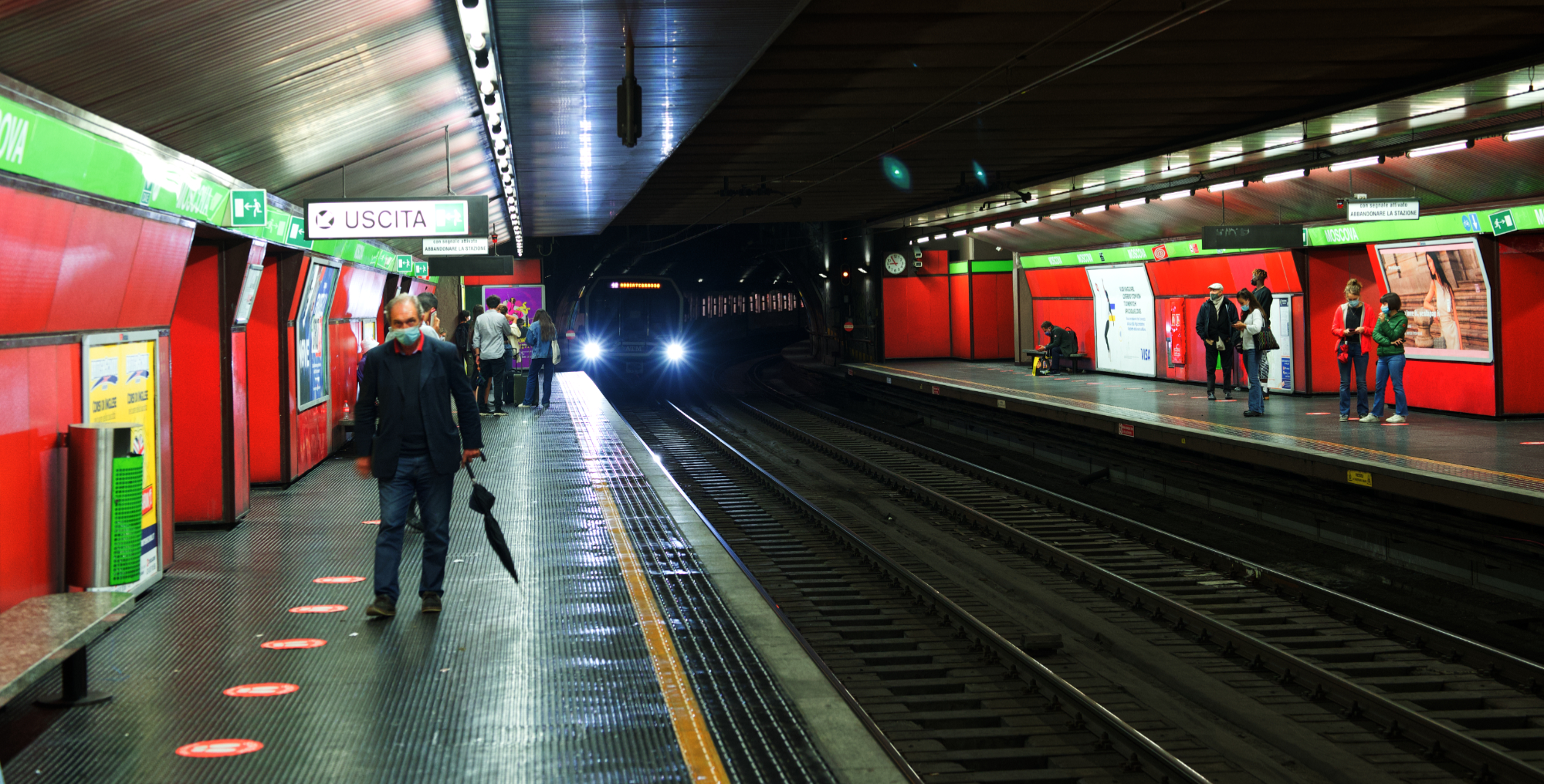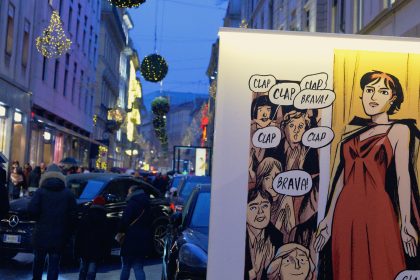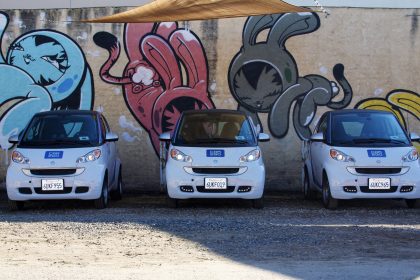Journalism and news have been changing for a while. At one time not long ago, simply having the large building with the presses, and a distribution system, was all that was needed to start a newspaper, though the barrier to entry was the cost. Largely the expenses were driven by ad sales of one form or another. The first major hit against that was through EBAY and the next big hit against that was Craigslist. Advertising still makes news possible, and I work in advertising.
The journalists and photojournalists started suffering more in the late 1990s as the age of celebrity took hold. More readers meant more ad views, and celebrity pushed that better than other news. There was also a transition of film to digital for photojournalists. Early on the New York Times led with paying their staff photographers a digital transition fee, but they cut that out about 8 years ago. Early digital cameras pushed the envelope of how quickly a shot could get back in front of an editor, with satellite communications gear becoming a normal carry item in some places. As the cost of gear went up, and everything from recycled celebrity pictures to crowd-sourced images became more used, the fees paid for news images continued to decline. As older staffers left, or were forced out, young and hungry photojournalists took on assignments for even less pay. In some cases war photojournalists self financed with the hope of becoming famous, or getting some image sales. There have been a few documentaries highlighting these aspects of the business.
PDN (Photo District News) often does an industry survey of professionals. Those who have followed over the last decade would have seen a steady decline in most areas of photography, though some areas now seem more stable, but with photojournalists at the second lowest income level (lowest has continued to be fine art photographers). Some segments have stagnated in pay, or fallen under competition from stock imagery libraries like Corbis, Getty Images, and Jupiter Images. The low pay and low compensation, combined with gear upgrade cycles, makes photojournalism unsustainable.
In the late 1990s Dirck Halstead began the Digital Journalist, with the idea of making photojournalists new gatherers by teaching them how to shoot video. The idea then, as now, was to find more outlets for news. The other part of this was getting photojournalists to be better writers or narrators. At first it was a video camera and a stills camera, but newer cameras allow that to combine. Getting paid decently is still an issue, despite more versatile photojournalists.
Now we see a transition amongst other photography professionals to video, but is it just the same path already attempted by photojournalists? I’m classically trained as a painter, originally went into illustration, but soon after graduating in 1998 I got involved in documentary work, mostly shot with digital video (DV) cameras. There was a need for a crew, great sound capture, and good editing. My illustration skills went well in planning and in editing, since I could storyboard our ideas to get to the final production. Rather than stick with video then, I left that realm, and after doing graphic design (mostly print) for a while transitioned to photography full-time.
So it’s been changing for a while, but I don’t see that everyone is going to suddenly become videographers. That segment is already massively overpopulated. Declining rates might be good for some clients, but it takes a talented crew to produce great video, and that is not sustainable at low rates. As we see more video production enter the market, I expect to find that the better productions will still stand out above low budget run-and-gun video.
I recently moved towards a new (for me) form of news. The last few years I have been getting my news off the internet, usually through Reuters and a few other websites. Sometimes I have long days working on a computer editing images, so my eyes get very tired with that LED backlighting shining in them all day. I rarely have any desire to watch television for that reason. So recently I got a Barnes &Noble Nook Simple Touch e-ink reader. Definitely low tech compared to an iPad, but as easy to read as paper, with no backlighting. What convinced me to go this route was the NY Times offering a free Nook with one year newspaper subscription. Now I don’t get coupons nor ads, but I do get the news, and if I really want I get NYTimes.com access with all their videos and colour pictures. I think this is the future of newspapers, on an easy to read screen, with the device subsidized as part of your subscription.
I still enjoy paper, mostly through magazines, and less often with books. Every time I see one of my images printed somewhere, I still get a kick out of it. Whether it’s for a limited circulation corporate brochure, an image printed large at a trade show, or in a magazine, it’s still a thrill, and reminds me of why I am a photographer. Sometimes my images end up on the internet, or I get to see them on a mobile phone or tablet. Those are still cool, and the shiny newer technology is neat, but to me it’s not the same as seeing my images printed on paper. I embrace newer media distribution, and I want magazines to continue on paper. The ways people interact with electronic media and printed media are different, and I hope both continue to co-exist.
Ciao!
Gordon


